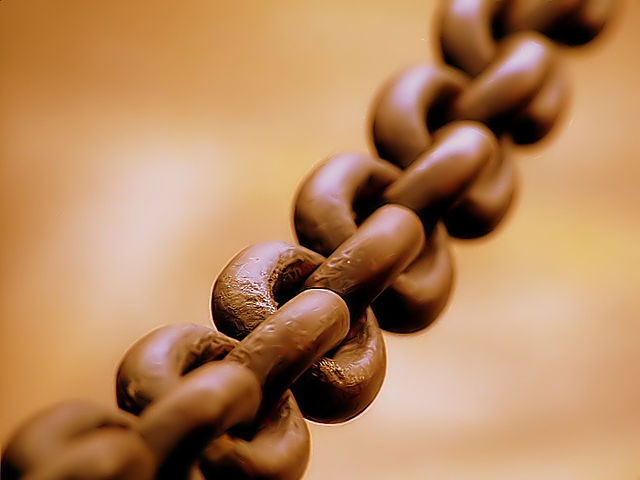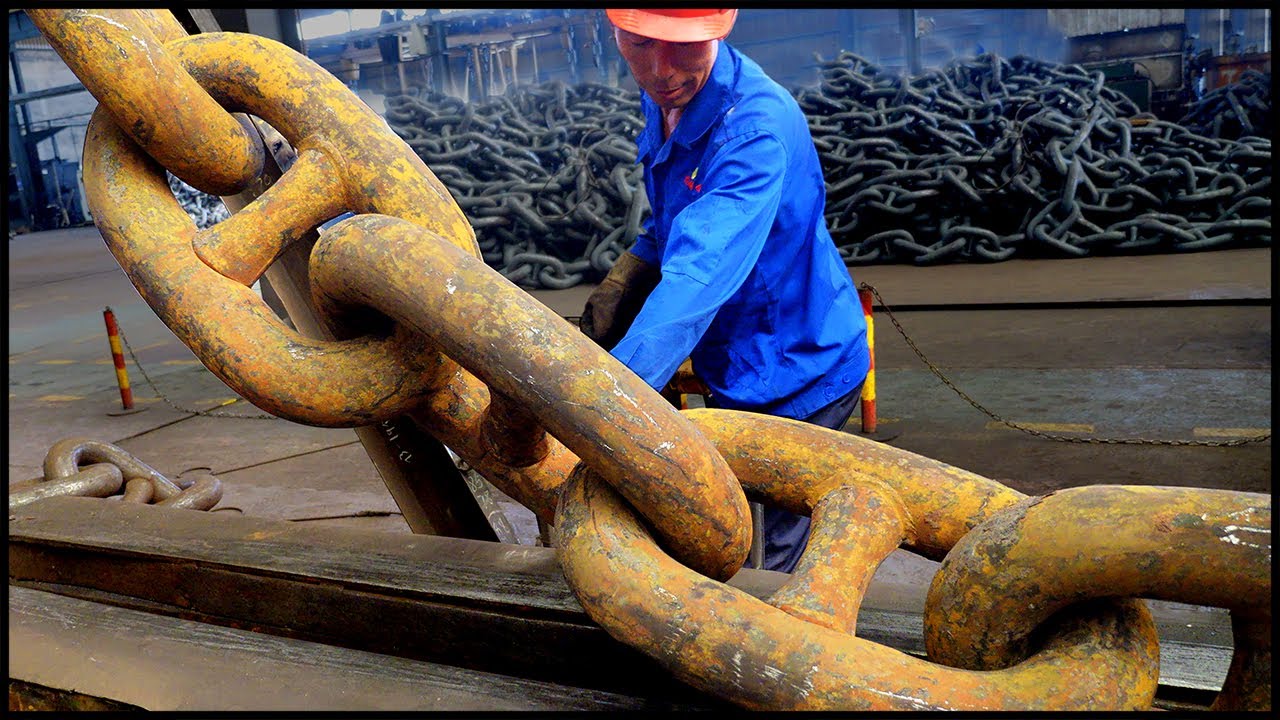The Hidden Purpose of Chains Explained
Chains are some of the most flexible and overall tools in human history, fulfilling numerous roles across cultures and eras. Though simple—a series of linked metal loops—chains have profoundly impacted technology, industry, security, and even art. This article examines the origins, evolution, and multifaceted purposes of chains throughout the centuries.

The Origins of Chains
Early Beginnings
The exact origin of chains is unclear, but archaeological evidence suggests their use by ancient civilizations. Different societies likely invented chains independently as they began to manipulate metal and other materials.
- Ancient Egypt: By 2500 BC, Egyptians used chains in jewelry and as ornamental items, showcasing their advanced metalworking skills.
- China: In ancient China, chains served in agriculture and tool-making. The Chinese also developed early chain mail armor, influencing the later designs of medieval Europe.
Evolution of Chain-Making Techniques
The development of chains is closely linked to advancements in metallurgy. As societies learned to forge stronger metals, chains became more durable and versatile.
- Iron Age: With the advent of iron, chains were used in construction, agriculture, and transportation, allowing for the management of heavier loads.
- Medieval Period: During medieval times, chain-making became an established craft, essential in maritime navigation and mechanical devices like drawbridges.
Practical Applications of Chains
Chains in Construction and Industry
Chains were crucial in building and industrial applications.
- Crane Chains: In ancient Rome and Greece, cranes with chains lifted heavy stones for construction, such as in the Colosseum and the Parthenon.
- Industrial Revolution: Chains became integral in factories, steam engines, and conveyor belts, revolutionizing industrial processes.
Chains in Maritime Navigation
Chains have been vital in maritime activities, particularly on ships.
- Anchor Chains: Used to secure ships by connecting anchors to vessels, essential for maintaining position in turbulent waters.
- Rigging: Chains supported ship masts and sails, providing greater reliability than ropes in high-tension applications.
Chains in Security and Restraint
Chains have long served in security and restraint, from prisons to property protection.
- Restraints: Chains were used historically to control prisoners and slaves, reflecting the darker aspects of human history.
- Locks and Chains: This combination has been a basic security measure for centuries, effectively securing everything from gates to valuables.
Cultural Significance of Chains
Chains as Symbols of Bondage and Freedom
Chains symbolize both oppression and liberation.
- Slavery: Chains often represent slavery and loss of freedom.
- Breaking Chains: Symbolizes freedom and resistance, frequently seen in political and social movements.
Chains in Art and Jewelry
Chains are also prominent in art and adornment.
- Jewelry: Used since ancient times, chains made from precious metals denote wealth and status.
- Art: Artists use chains to explore themes like connection, captivity, and resilience.
Modern Uses of Chains
Chains in Modern Technology
Chains remain essential in today’s technology and machinery.
- Bicycle Chains: Revolutionized personal transport by efficiently transferring power from pedals to wheels.
- Machinery: Utilized in engines, escalators, and more due to their ability to transmit power reliably.
Chains in Contemporary Security
Chains are critical in securing both digital and physical assets.
- Physical Security: Modern security chains are designed to resist cutting and tampering, ideal for safeguarding valuables.
- Digital Security: Blockchain technology, a digital form of “chain,” secures data in finance, supply chain management, and beyond.
Chains in Culture
Chains in Music and Popular Culture
Chains have become metaphors in music, film, and literature.
- Music: Songs like “Unchain My Heart” and “Chain of Fools” use chains as symbols of love, hardship, or freedom.
- Movies: Chains are frequently depicted in films to represent themes like captivity or struggle.
Pros and Cons of Chains
Advantages of Chains
- Strength and Durability: Chains are robust and can handle heavy loads and harsh conditions, making them ideal for industrial and security purposes.
- Versatility: Their adaptability allows chains to be used in diverse applications, from construction to fashion.
Disadvantages of Chains
- Weight: Chains can be heavy, which limits their use in certain situations.
- Corrosion: Metal chains are prone to rust, especially when exposed to moisture, requiring maintenance.
Conclusion
Chains have played a pivotal role throughout human history, from ancient tools to modern creations like blockchain technology. Their invention was driven by the need for a durable and protean solution to various challenges, and their continued relevance highlights their enduring utility.
While chains have certain drawbacks, such as weight and rot, their advantages far outweigh these limitations, cementing their place in both historical and modern contexts. As technology evolves, chains will remain integral, symbolizing human ingenuity and the power of simple, effective design.
ALSO READ :Magque



